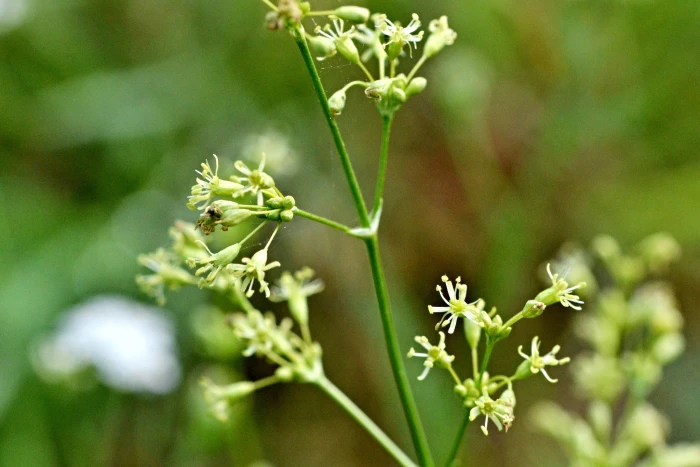Spanish Catchfly
(Silene otites)
Spanish Catchfly (Silene otites)
/
/

Petr Harant
CC BY 4.0
Image By:
Petr Harant
Recorded By:
Copyright:
CC BY 4.0
Copyright Notice:
Photo by: Petr Harant | License Type: CC BY 4.0 | License URL: http://creativecommons.org/licenses/by/4.0/ | Rights Holder: Petr Harant | Publisher: iNaturalist | Date Created: 2023-09-03T10:05:52-07:00 |
























Estimated Native Range
Climate Requirements for Nanning, China
| This Plant | Your Site | Plant Suitability for Your Location | ||
|---|---|---|---|---|
| • Precipitation | 7" - 74" | 56" | Aquatic | Aquatic |
| • High Temp. | 40°F - 93°F | 91°F | Your summer temperatures are normal for this plant. | Excellent |
| • Low Temp. | -18°F - 43°F | 49°F | OK, but your winter temperatures are warmer than normal for this plant | OK |
This plant may not grow well at your location - your precipitation is too high.
Summary
Silene otites, commonly known as Spanish catchfly, is a perennial herb that is native to a range of habitats including grasslands, rocky outcrops, and open woodlands across Europe and the Transcaucasus region. It has also been introduced to Xinjiang in China. This dioecious plant, meaning it has separate male and female plants, typically grows to a height of 20-60 cm. Spanish catchfly has narrow, lance-shaped leaves and small, inconspicuous greenish-white flowers that bloom from June to August. The flowers emit varying scents to attract different pollinators: mosquitoes and moths at night, and flies and bees during the day, demonstrating a unique adaptation to its environment.
In cultivation, Spanish catchfly is valued for its adaptability to various soil types, including those with poor fertility, and its ability to thrive in both full sun and partial shade. It requires well-drained soil and moderate watering, making it relatively low-maintenance. It is often used in rock gardens, wildflower meadows, and as part of naturalistic plantings where its ability to attract a range of pollinators is beneficial. However, it is not commonly found in nurseries and may need to be grown from seed. Gardeners should be aware that in some conditions, it can spread vigorously and may require control measures to prevent it from becoming invasive.CC BY-SA 4.0
In cultivation, Spanish catchfly is valued for its adaptability to various soil types, including those with poor fertility, and its ability to thrive in both full sun and partial shade. It requires well-drained soil and moderate watering, making it relatively low-maintenance. It is often used in rock gardens, wildflower meadows, and as part of naturalistic plantings where its ability to attract a range of pollinators is beneficial. However, it is not commonly found in nurseries and may need to be grown from seed. Gardeners should be aware that in some conditions, it can spread vigorously and may require control measures to prevent it from becoming invasive.CC BY-SA 4.0
Plant Description
- Plant Type: Herb
- Height: 0.5-1.5 feet
- Width: 0.5-1 feet
- Growth Rate: Moderate
- Flower Color: Yellow
- Flowering Season: Summer
- Leaf Retention: Semi-deciduous
Growth Requirements
- Sun: Full Sun
- Water: Low
- Drainage: Fast
Common Uses
Butterfly Garden, Drought Tolerant, Low Maintenance, Rock Garden
Natural Habitat
Native to grasslands, rocky outcrops, and open woodlands across Europe and the Transcaucasus region
Other Names
Common Names: Yellow Catchfly
Scientific Names: Silene otites, Cucubalus dioicus, Silene calcicola, Silene floribunda, Silene humilior, Silene lugdunensis, Silene maillardii, Silene microstachya, Silene parviflora
GBIF Accepted Name: Silene otites